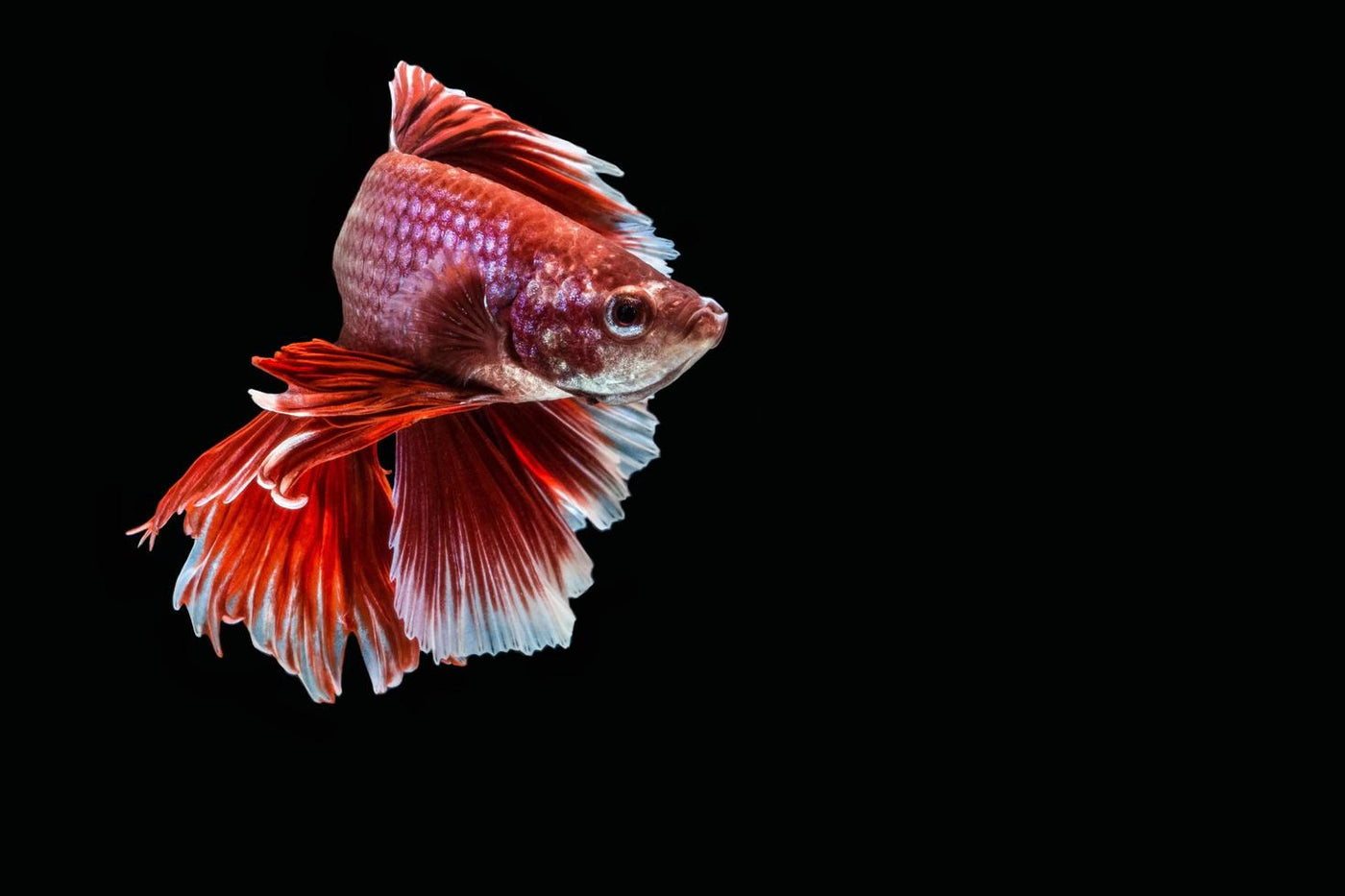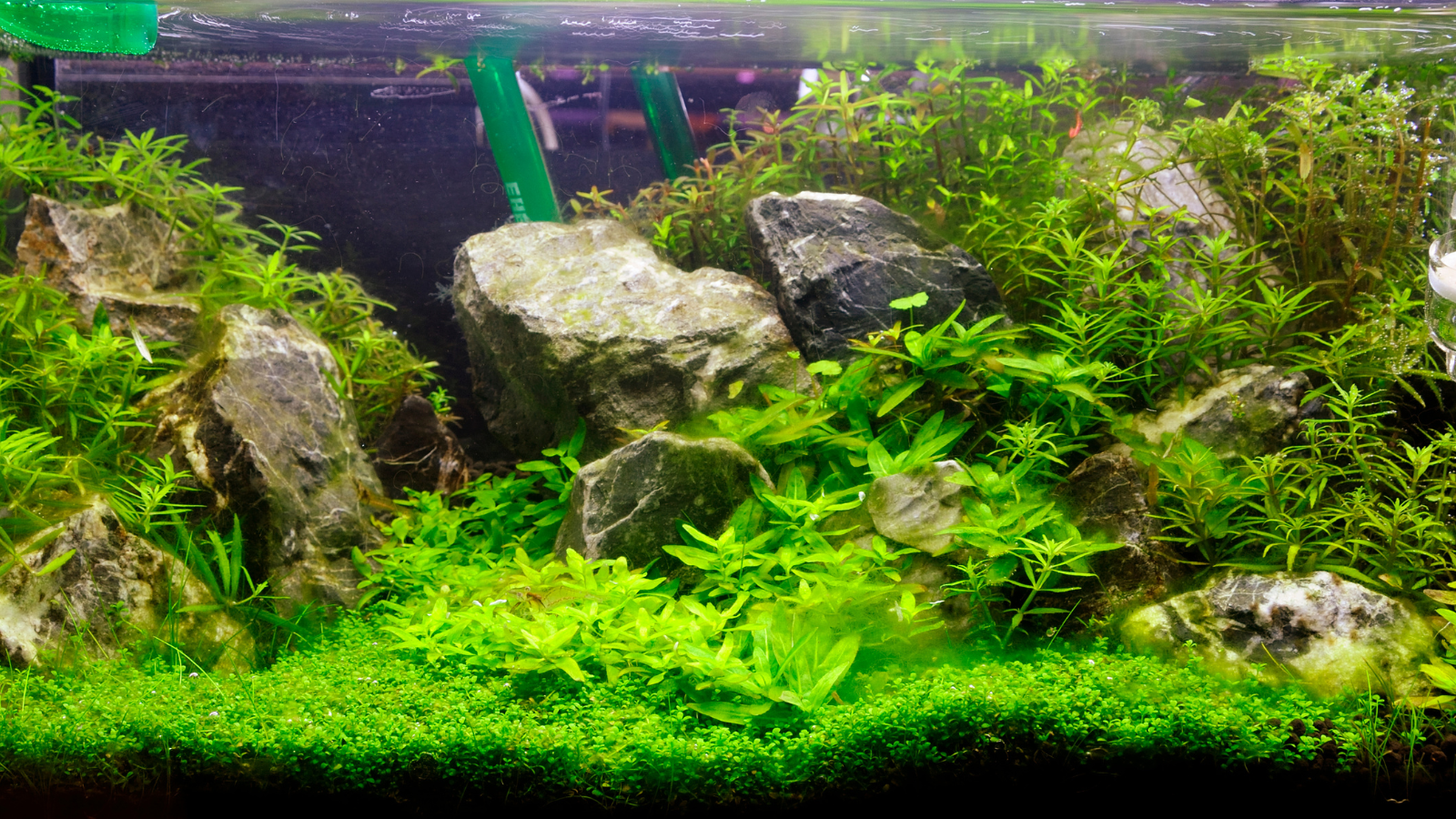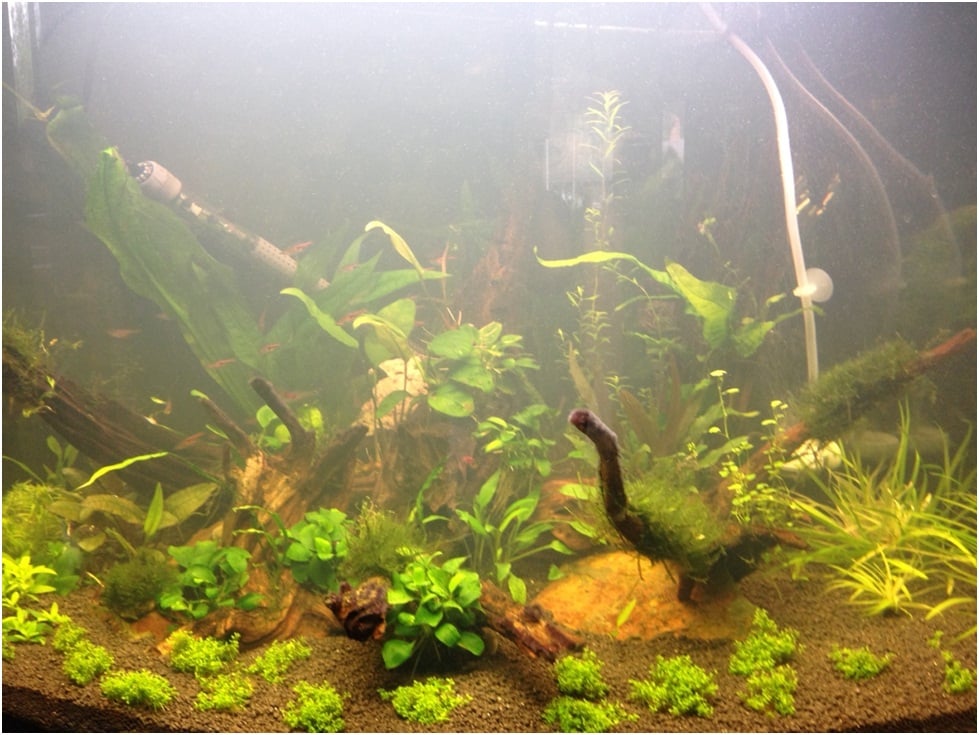
Siamese fighting fish, or Betta splendens, is one of the most recognizable species found in aquariums of both novice aquarists and veterans. The showpiece of these fish is their extremely vivid coloration, which often adorns the minimalist tanks in which they are usually kept, often without any companions. Why the belief that bettas are dangerous and are they really suitable for breeding in a small tank? These and more questions will be answered in the article below!
Where did Bettas come from?
Betta was first discovered in Southeast Asia. It could be found mainly in the rice fields, in drainage ditches and on the warm flood plains of this region. Over time, the betta got used to frequent stormy and drought-devastating floods, and cyclical, drastic changes in the environment helped it adapt, making it a true anabantoids. Labyrinth fish have the unique ability to breathe oxygen directly from the air, as well as uptake oxygen through its gills. As a result, betta and other labyrinth fish can survive brief periods without water, and can breathe in the air around them as long as they remain moist. This property allows them to successfully survive in oxygen-poor stagnant water. It is worth knowing that the natural adaptation to difficult conditions and high tolerance to small spaces make the Siamese fighting fish easy to maintain and feel good with regular water changes. The preferred water temperature for betta is around 26 ° C.
Why betta and where does the fighting in the name come from?
Betta splendens is named after an ancient clan of warriors known as "Bettah". In turn, the term "fighters" began to be used due to their tendency to aggression in the mid-nineteenth century, when fish fights gained popularity. This sport became so popular among Thai people (where it comes from) that the local king imposed a tax on it, collecting a considerable harvest from those who spent a fortune betting on the courage of players entering the arena.
How long do betta splendens live?
One of the arguments against breeding this species is its relatively short lifespan. Representatives of this species usually live no longer than 3-4 years, although individuals significantly exceeding this average can be found. Even several-year-old specimens were noted.
Feeding
Bettas have upturned mouths and feed mostly close to the water's surface. Their preferred diet usually includes shrimps, dried bloodworm larvae, or daphnia. Of course, the easiest and often the best way to feed bettas is simply commercial pellets or flakes. After all, they combine all three types of food, and also contain vitamins and minerals. Appropriate diet is extremely important for this species, because the intensity of the coloration and, of course, the life span of the fish depend to a large extent on it. One of the more common myths about feeding this species is the misconception that betta can survive by feeding on plants or roots growing in the tank. This is of course not true. Bettas cannot survive on plant roots and need a diet rich in protein and fiber to survive.
Aggression towards other bettas
Siamese fighting fish, unlike other species, are not inclusive fish and will fight with each other, regardless of gender. Typically, bettas prefer to swim alone and need a comfortable place to hide. Water caves or dense, planted nooks are perfect for creating a place where the betta feels safe and comfortable.
Water requirements
When cleaning an aquarium for your betta, make sure you take out only a third of the water each time and replace it with fresh water. This will allow the fish to gently adapt to the temperature and pH of the clean water without disturbing the biological balance of the fish's environment. For small tanks, this should be done approximately every three or four days.
If your water has a high level of chlorine, you may need to add a drop of dechlorinator to your tap water before adding it to the tank. Of course, you should absolutely avoid using soap or disinfectants to clean decorations included in the underwater arrangement. Insufficient rinsing of the decoration from the specificity can be very harmful to the fish. Such elements should be washed with a brush and clean, warm water.
When breeding Siamese fighting fish, great attention should be paid to water hardness. Individuals of this species prefer warm, slightly acidic water with a pH ranging from 6.5 to 7. Why so? Cold water can suppress the bettas’ immune system and cause disease.


